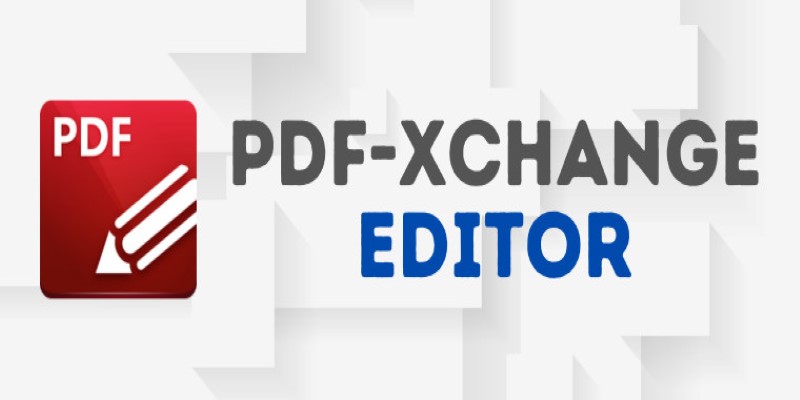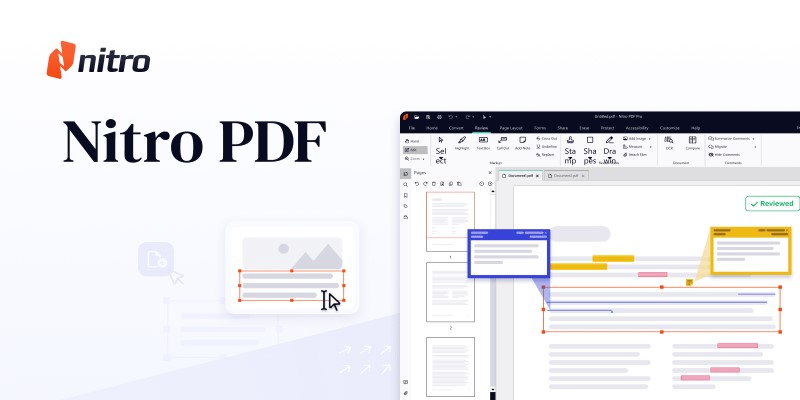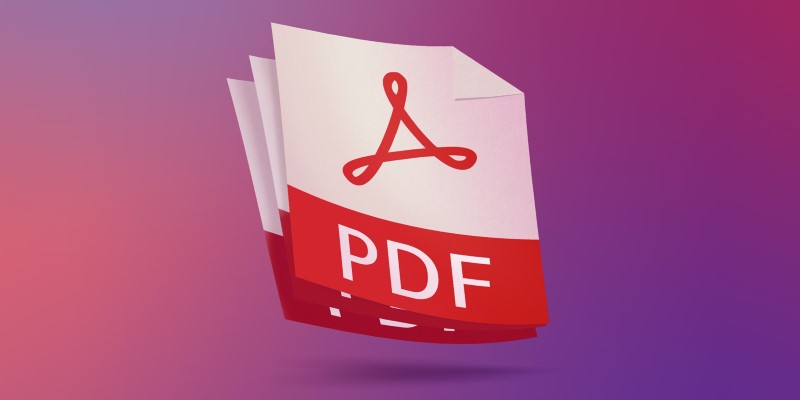The 7 Best PDF Editor Apps in 2025 for Clean, Hassle-Free Document Control
Advertisement
Editing a PDF used to be a chore. You'd open a file only to realize the text was locked in place, and if you needed to make a change, you either had to pay for overpriced software or waste time converting the whole thing to Word and back again. Fortunately, things are different now. In 2025, there will be apps designed specifically to handle PDFs without the drama. Some are free, others are part of larger suites, but each one has a particular strength that makes it worth looking at. Let’s break down the best ones out there this year—no fluff, just what they’re good at and who they’re right for.
The 7 Best PDF Editor Apps in 2025
Adobe Acrobat Pro DC
It's hard to leave out the original. Adobe Acrobat Pro DC continues to be one of the most reliable PDF editors on the market. While it comes with a cost, it also comes with features that others still can't quite replicate. You can edit text and images, rearrange pages, convert PDFs to other formats, add password protection, and even collect e-signatures.
What makes it stand out in 2025 is its improved cloud sync. You can begin editing a file on your laptop, close it mid-process, and pick it up later on your phone or tablet without missing a beat. The interface has also gotten a cleaner look, which helps when you’re working on lengthy documents.
Best for: Professionals who need a full suite of tools and work across devices.
PDF-XChange Editor

If you're looking for something lightweight but packed with features, PDF-XChange Editor still holds strong. It’s fast, doesn’t eat up system resources, and supports almost every editing function you’d expect. The free version already includes markup tools, page rearrangement, form filling, and OCR support. The paid version adds more export options and better customization.
A quiet strength of this app is its performance on older machines. If you’re not working on the latest hardware but still want something dependable, this is one to try.
Best for: Users who want speed and performance without compromising features.
Foxit PDF Editor
Foxit doesn't try to look like Adobe, and that works in its favor. It's snappy, intuitive, and feels like a regular desktop app. The editing tools are where you expect them to be, and the app rarely slows down, even with large files.
One thing Foxit added this year is an AI-assisted summarization feature. It pulls out key points from long documents, which is useful if you don’t want to read 40 pages just to get to the main idea. It’s not perfect, but it does save time when you’re buried in paperwork.
Best for: Office teams or students dealing with lots of long documents.
Sejda PDF Editor
Most online PDF editors come with limits that push you toward a subscription. Sejda is different. It lets you do a lot for free and doesn’t make you feel boxed in. You can edit text, sign files, merge documents, or compress them—and the free version lets you do all this with documents up to 200 pages or 50MB in size.
This year, the interface was slightly redesigned, which makes it easier to find tools without needing to search. The ability to work fully in your browser is a bonus if you don't want to install yet another app on your laptop.
Best for Casual users or those who need quick online edits without signing up for anything.
Nitro PDF Pro

Nitro has been around for a while, and in 2025, it still delivers a solid experience for people who want business-level tools. You can create, convert, sign, and share PDFs with ease. One of its most useful features is batch processing—you can take a whole folder of PDFs and apply changes like watermarking or password protection in one go.
It also integrates well with cloud services like Google Drive, Dropbox, and OneDrive, which helps if your work lives in the cloud. While it’s more targeted at business use, individuals who deal with a lot of documents will still find value here.
Best for: Small businesses and solo professionals who want consistent results.
PDF Expert (Mac only)
If you're on a Mac, PDF Expert is probably already on your radar. It doesn't try to be flashy, and that's the best part. It opens instantly and handles large PDFs without freezing, and the annotation tools feel like they were made specifically for the Mac environment.
In 2025, PDF Expert introduced smart annotation syncing with iPads and iPhones. If you highlight or write a comment on your phone while commuting, it’s already there when you open the file later on your desktop. This is especially handy if you’re someone who likes to switch between devices throughout the day.
Best for: Mac users who value speed, simplicity, and integration with Apple devices.
Smallpdf
Smallpdf is one of those tools that started simple and slowly grew into something bigger. What began as a basic online converter now offers a full PDF suite. You can edit, merge, compress, and e-sign documents—all from your browser. They’ve also added a desktop app, which helps when you want to work offline.
The 2025 update brought in better export options and more reliable formatting. For people who just need to make occasional edits or compress a file before sending it out, Smallpdf gets the job done without making things complicated.
Best for: Users who want a no-install, browser-based solution that actually works.
Wrapping It Up
There’s no shortage of PDF editors in 2025, but only a few manage to balance performance, features, and ease of use. The ones listed above are doing it right—some in small ways, others in big ones. Whether you’re working from home, studying, running a business, or just trying to fix a typo in a form, there’s an option out there that doesn’t require you to jump through hoops. Pick the one that fits, and you’re set.
Advertisement
Related Articles

Dropbox vs. Google Drive: Which Cloud Storage Solution Fits Your Needs

The 6 Best Pomodoro Timer Apps in 2025 for Maximum Focus and Productivity

The 6 Best AI App Builders in 2025 for Fast, No-Code Development

How to Easily Upload 4K Videos Recorded on Your Sony PMW

The 7 Best PDF Editor Apps in 2025 for Clean, Hassle-Free Document Control

The 7 Best Client Management Apps in 2025 for Smoother Workflows and Happier Clients

Fathom vs. Fireflies: A Comprehensive Comparison of the Best AI Note Takers

The Best Screen Sharing Software in 2025 for Smooth, Lag-Free Collaboration

The Best Large Language Models in 2025 That Are Changing How We Work

The 10 Best Email Drip Campaign Software in 2025 to Automate Your Outreach

The Ultimate Comparison: Hootsuite vs. Buffer for Social Media Success

 lameuplay
lameuplay